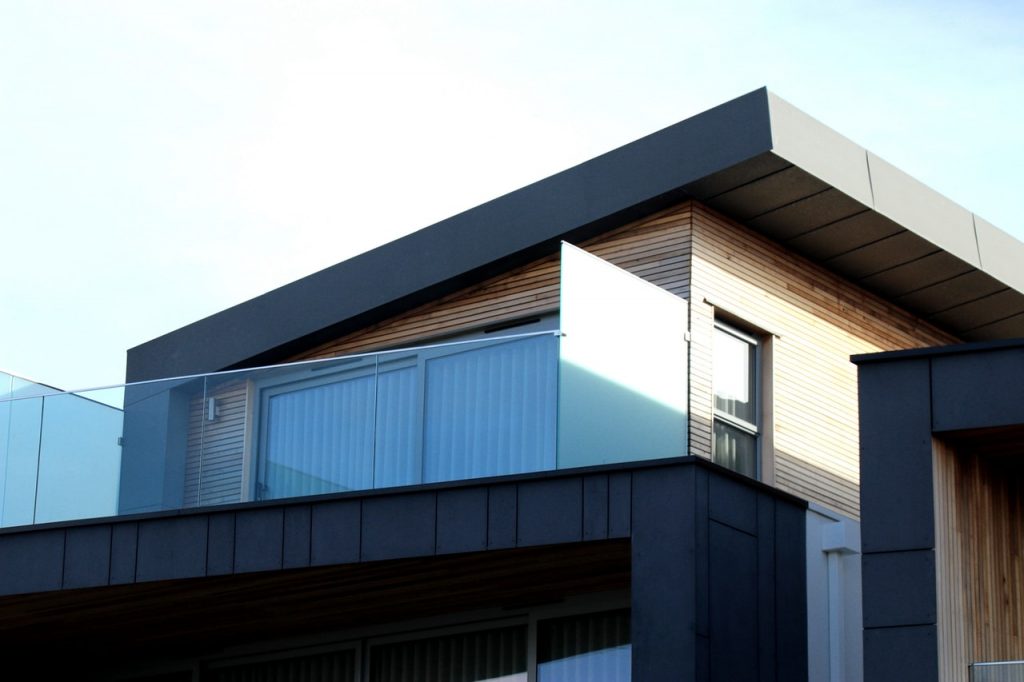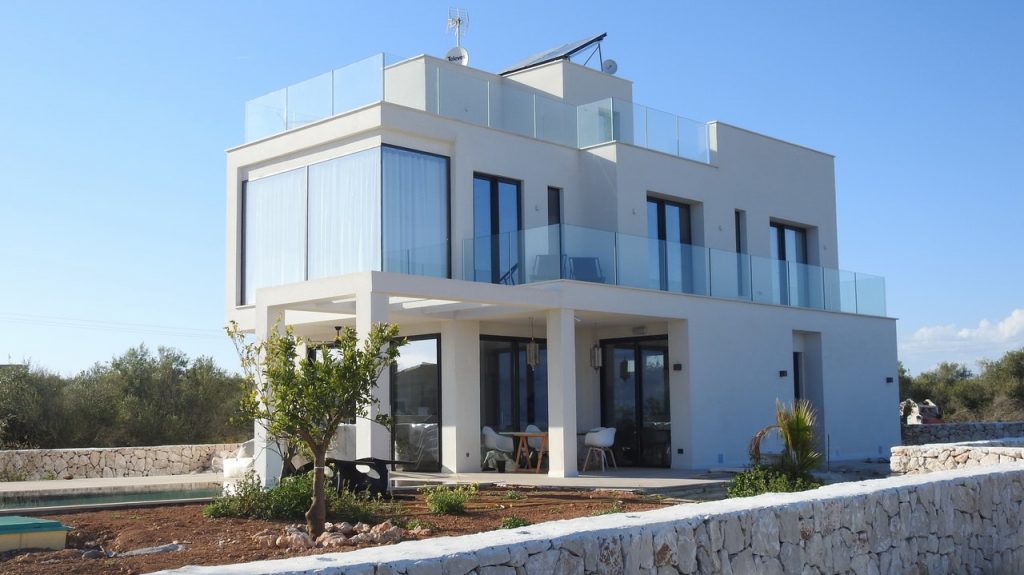Construction is an ever-changing industry. With developers constantly striving to reduce operational costs, improve employee safety and remain innovative, it’s clear we’re beginning to move away from the traditional methods of construction in favour of modern techniques – and modular construction is one of the largest innovations.
Known as the process in which involves buildings (modules) being constructed off-site in factories, modular construction adopts the same designs and standards as traditional construction methods, such as raft foundations but significantly faster. However, why exactly is it becoming the preferred method for construction? In this article we will look at exactly why modular construction could be the future of the building industry.
What are the Benefits of Modular Construction?
Environmentally Friendly
Modular buildings are proving to hold significant environmental benefits. Statistics have indicated that the UK construction industry is responsible of landfill waste (Network Waste), so the need for switching to more environmentally friendly methods of construction is crucial.
Modular buildings can be disassembled if the modules need to be relocated or refurbished for further use, which decreases the amount of materials being sent to landfills. This drastically reduces the demand for raw materials; minimising the amount of energy required to construct a new building.
Furthermore, as modular materials are produced in factories, high levels of waste can be eliminated through controlling inventory and protecting the materials. As the majority of the modular structure is constructed in a factory-controlled setting using dry materials, the risk of high moisture levels becoming trapped in new construction is also removed.

Faster Construction
As the construction of modular buildings coincides with site work, construction can be finalised in half the time of traditional construction – it can actually be completed 30 – 50% faster! With 60- 90% of the construction process taking place inside a factory, potential weather delays are also reduced; this also means buildings are occupied sooner, creating a faster return on investment.
Manufacturing or purchasing ready-made modules for instillation helps to predict projects that are subject to change by nature. The controlled production conditions also aid with quality assurance and control, which can often be a lengthy process involving on-site checks and certification, as the materials arrive with these already in place.
Innovative & Smarter
Modular buildings are constructed using the same building codes and architectural specifications as traditional construction; meaning that once assembled, they are virtually identical to their site-built counterparts, allowing for limitless design opportunities.
Additionally, modular buildings rely heavily on BIM (building management modelling) for visualisation, assessing energy performance and identifying the most cost-effective methods – technology that allows for automated manufacturing processes. Increasing automation is crucial in modern manufacturing, providing opportunities for digital production and precise attributes and measurements of every output.

Enhanced Safety
Production within the modular factories is extremely controlled and standardised, which allows for considerable safety benefits for workers. For example, the requirement for working at certain heights and operating heavy machinery on-site is eliminated.
How can Modular Construction be Utilised?
Education
With enrolment increasing for both public and private schools, their financial and operational resources are quickly depleting – according to Express, nearly half of UK secondary schools don’t have enough space to run at capacity.
However, school expansion through traditional construction can become costly and time-consuming, making expansion opportunities unlikely. Alternatively, educational spaces built through modular construction are created to be state-of-the-art, attractive and efficient. From universities to primary schools, several educational institutes are implementing modular spaces to meet their growing needs.
For example, overcrowded classrooms can become a real obstacle for school administrators. Modular classrooms are an efficient for schools to save both time and money whilst providing temporary space or full scale permanent constructions to fight overcrowding. They can also be used for science laboratories, dormitories and libraries.
Healthcare
With an ongoing struggle to reduce patient wait times and overcrowding, it’s evident the demand for healthcare expansion is increasing. Whether it’s a large medial complex or a private practice that’s needed, modular buildings are a growing solution in healthcare.
For example, as the accessibility and convenience of urgent healthcare has become limited, permanent modular care buildings can get medical facilities running faster; allowing for better caring of the community. They can also be used for mental health services by providing an environment that’s fully equipped to encourage individuals to open up through security, natural light, noise reduction and pleasing colours.

Retail
In the retail industry, expansion is often essential to stay competitive, however it’s important it doesn’t hinder a business’ ability to operate at maximum capacity to stay profitable.
Modular construction allows retailers to expand their show rooms, sales offices, design centres and franchise quickly with minimal disruption. Furthermore, as impressions are essential in retail, modular buildings can be specifically designed to reflect a business’ culture, from no-frills and functional to classy and high-end.
Temporary modular offices provide warm wood floors, bright lighting and a welcoming receptionist area that will offer a fantastic first impression to potential customers. They can also be relocated with ease as a sales area expands.
